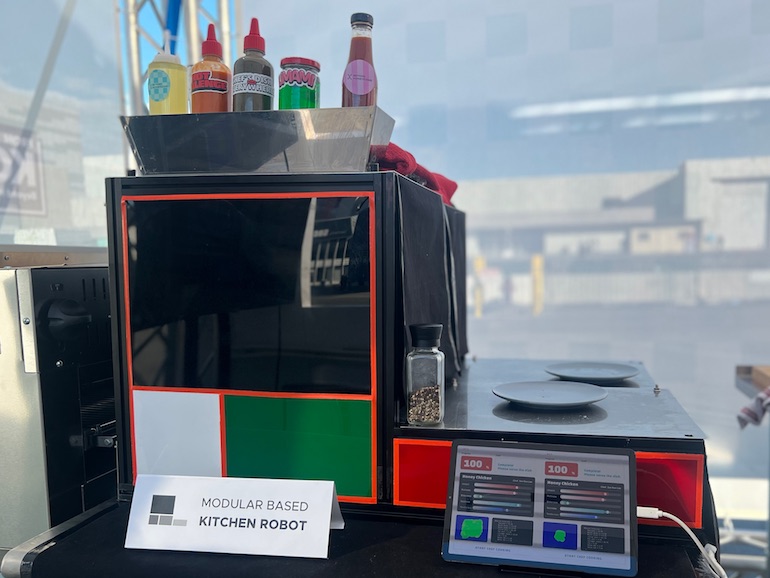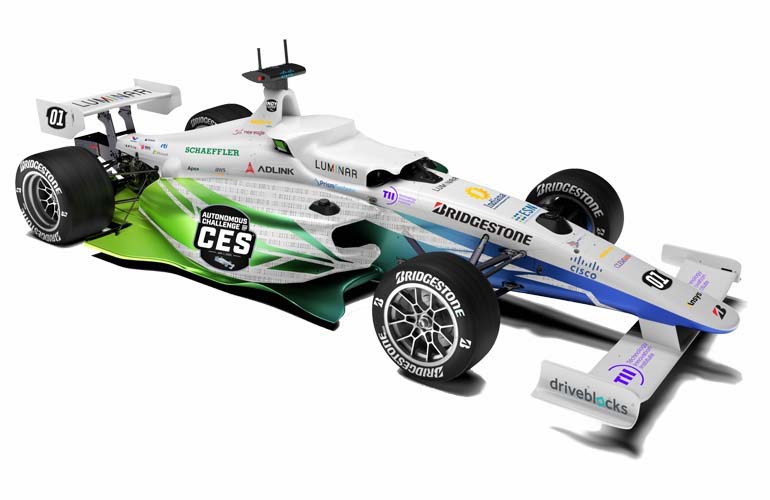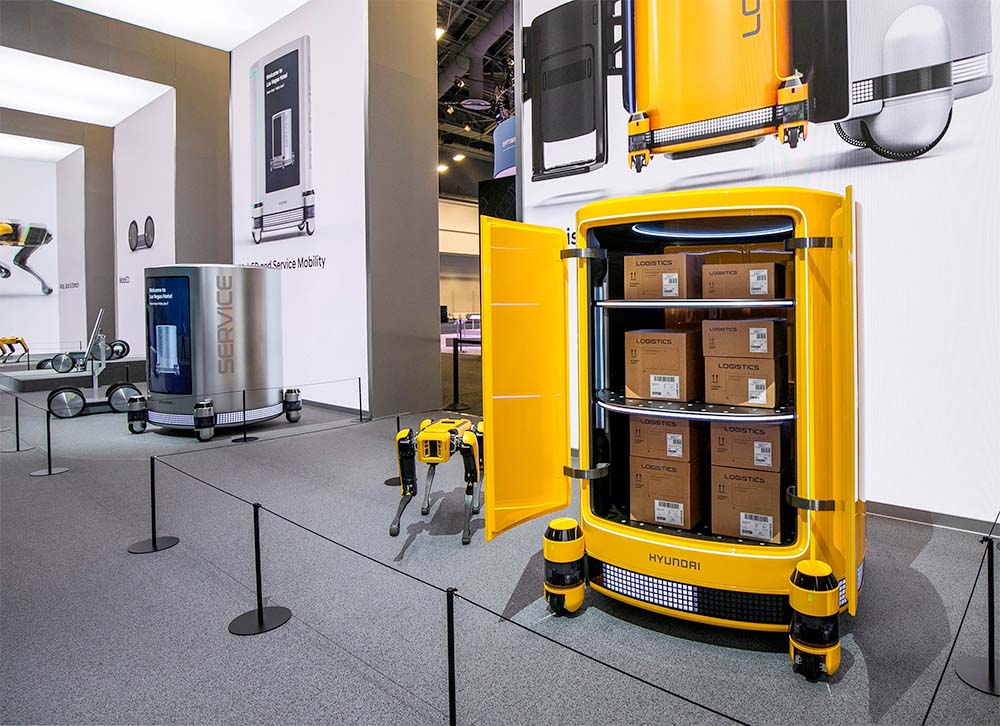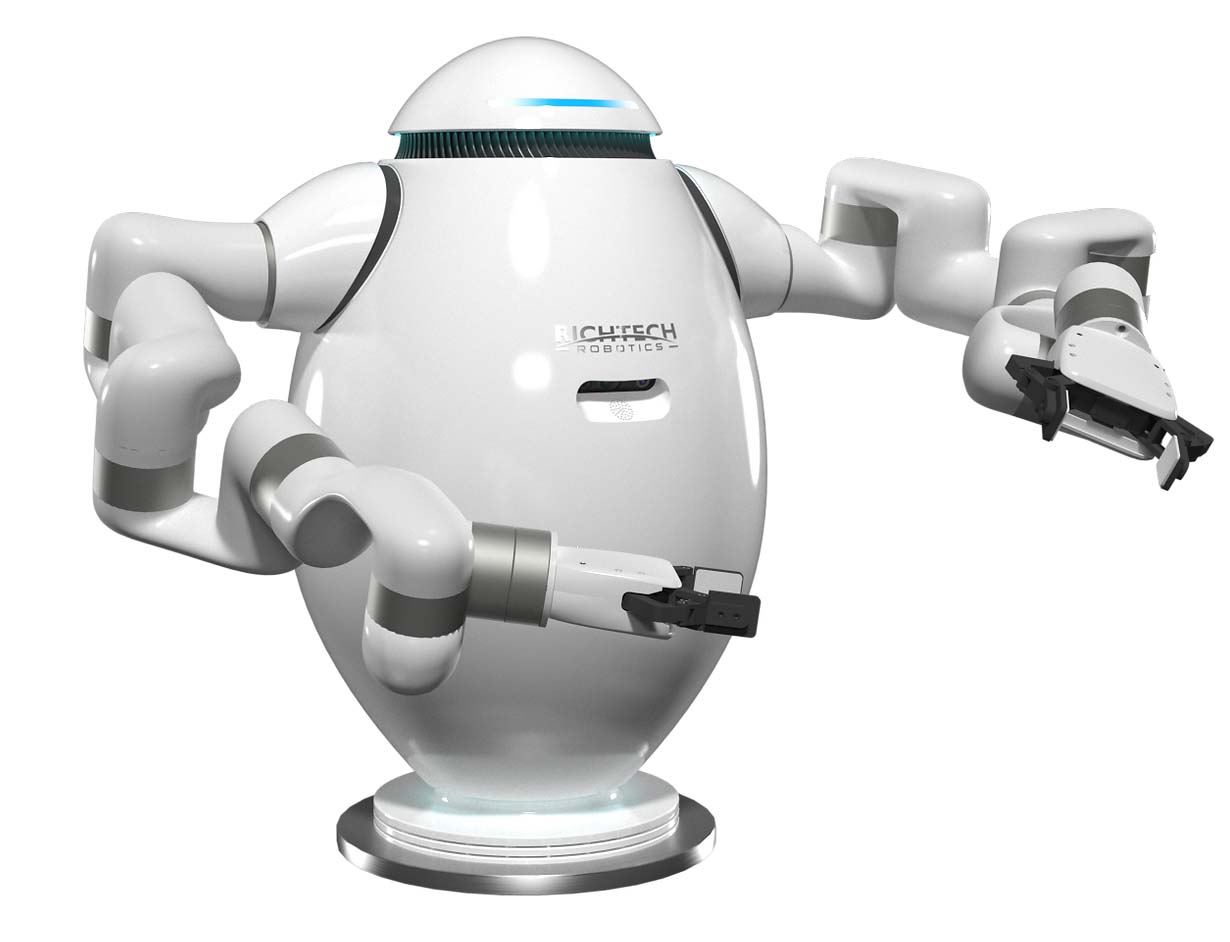|
Listen to this article  |
CES 2022 has wrapped up with over 40,000 in person attendees. Our editorial team perused CES virtually this year and still found no shortage of new robots and technologies to cover. Here are nine of our favorite robots from the show.
Ubiquity Conveyor
Silicon Valley-based Ubiquity Robotics launched a new ROS-based, affordable mobile robot called Conveyor. This mobile robot uses stickers on the floor for a simplified localization method and a suite of onboard sensors for obstacle avoidance. The solution has a list price of $6,900. – Mike Oitzman
Skydio 2+ drone
California-based Sydio used CES to unveil Skydio 2+, a new and improved edition of the Skydio 2 drone. Skydio, which in 2021 became the first U.S.-based drone company to reach unicorn status, said the Skydio 2+ now has a 27-minute battery life, a 20% increase over the previous model, and the ability to fly up to 3.7 miles away.
But perhaps the best feature is the autonomous cinematography skill called Keyframe. Drone companies such as 3D Robotics tried to pull off similar features in the past, but weren’t successful. KeyFrame enables users to define a flight path by setting “keyframes” that the drone’s software pieces together. The drone’s moves, speed and obstacle avoidance are then all performed autonomously, allow pilots of all skills to capture better shots. – Steve Crowe
Beyond Honeycomb

Korean startup Beyond Honeycomb showcased a robot chef that it claims can learn new recipes in just 48 hours. The company claims the AI-driven chef can recreate the texture and taste from dishes created by master chefs. The goal is to democratise cooking. – Brianna Wessling
Labrador Systems’ Retriever assistance robot
We’re big fans on new types of robots here at The Robot Report. And as far as we know, there’s never been robots like the ones from Labrador Systems. The company emerged from stealth mode at CES 2022 with two autonomous mobile robots (AMRs) designed to help the elderly or people with disabilities in their homes.
The Retriever and Caddie AMRs are designed to carry items around a home. Both robots have a maximum payload capacity of 25 lbs and can autonomously navigate throughout a home. The Retriever robot has the ability to adjust its height between 25-38 inches. It can also “retrieve” specially designed trays, which can hold up to 10 lbs, off of countertops and tables. The entry-level Caddie robot operates at a fixed height of 30 inches and can’t retrieve items. – Steve Crowe
Dallara AV-21

This autonomous racecar made the record books during CES as the fastest autonomous racecar in the world when the Polimove Racing team set a new world record of 175.96 mph (283.18 kph). Polimove went on to win the Autonomous Challenge @CES by passing TUM Autonomous Motorsports at a speed of 167 mph (269 kph), around the Las Vegas Motor Speedway. – Mike Oitzman
Tactracer’s Spider-Go
Japanese company Tactracer takes a unique approach to automating store inventory with Spider-Go. The robot rides along a track on the ceiling to scan products. The robots can charge within 30 minutes and work for five hours on a single charge. – Brianna Wessling
Tocabi humanoid
We’ve seen several teleoperated humanoid robots over the years. Toyota’s T-HR3 comes to mind, for example. But the teleoperation of Tocabi seems real smooth and responsive. Tocabi is a research robot built by the Dynamic Robotic System Lab at Seoul National University. It’s been in development for eight years. Tocabi is nearly six feet tall, weighs 220 lb and has 33 degrees of freedom. You can read more about Tocabi here. – Steve Crowe
Hyundai Mobility Platform

Hyundai exhibited its robot product lineup, including the various applications of the new Plug & Drive (PnD) and Drive & Lift (DnL) modular platforms. It also showcased the recently revealed Mobile Eccentric Droid (MobED). This mobility platform lays out a vision for easy configurability and accelerates the development of new mobility concepts by assembling a pre-engineered set of components. – Mike Oitzman
Richtech Robotics’ ADAM

ADAM is a dual-armed, coffee making robot. ADAM wasn’t the only coffee-making robot at CES, but its friendly-design makes it stand out from the crowd. ADAM’s arms move simultaneously and can juggle multiple things at a time. – Brianna Wessling
Credit: Source link


Comments are closed.